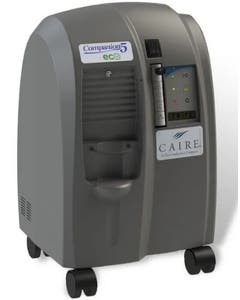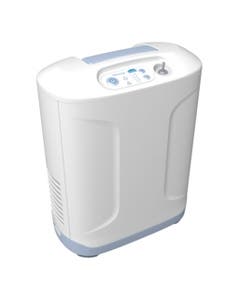If you depend on oxygen therapy you are probably using either pulse dose or continuous flow, or a combination of both. Continuous flow is often a choice for many respiratory patients who have a higher oxygen need. Some respiratory conditions may require continuous flow to make healthy breathing more manageable.
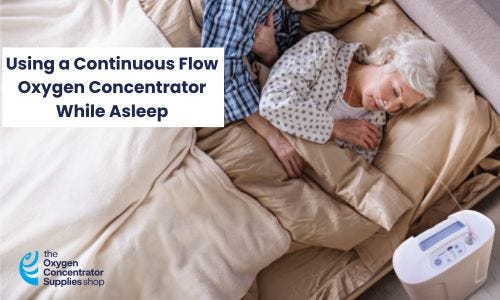

What is Continuous Flow?
Continuous flow is one method of delivering oxygen. With this method, oxygen flows continuously into a mask or nasal cannula for a user to to inhale. The rate of oxygen flow does not change according to breathing rate as it does with pulse flow oxygen and will continually deliver a flow of oxygen to a user.
No More Sleepless Nights With The Correct Oxygen Concentrator
Your doctor may recommend either continuous flow or pulse dose for oxygen therapy. Many oxygen concentrators offer both types of flow. In some instances, your doctor may give you the option to choose your flow to find what is most comfortable for your respiratory requirements. Once you know your flow expectations based on your doctor’s recommendations, you should look for the best oxygen concentrator for your needs.
Power Source
Oxygen concentrators can be portable for on-the-go therapy or stationery for home use. Stationery home oxygen concentrators can be connected directly to an outlet for dedicated power. However, if your power happens to go out, having a reliable backup source is highly recommended. This can be another oxygen concentrator that runs on a battery instead of being plugged into a wall, often referred to as a portable oxygen concentrator. Having a portable oxygen concentrator is also ideal if you travel frequently or live an active lifestyle as a battery gives you more freedom.
Additionally, many home oxygen concentrators are equipped with a power failure alarm. This alarm will be visible and audible and is a good way of knowing if you are experiencing a power failure. Concentrators like the CAIRE Companion 5 is a great choice that includes a power failure alarm.
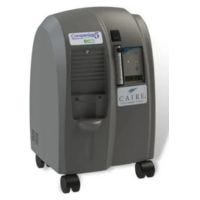
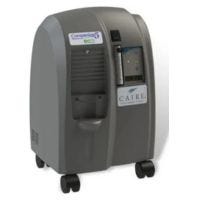
Noise Level
If you sleep with your oxygen concentrator on, then you may want to look for a machine that has a low noise level so that you are not disrupted while you are asleep. Compare models based on decibel levels (dBa) to find the quietest machine. The average sound emitted from an oxygen concentrator is 37-48 dBa, which is comparable to a little louder than the sound volume of a whisper.
Continuous Oxygen Flow
Make sure the oxygen concentrator you select has the continuous flow option as this feature is the easiest way to manage daily oxygen needs. This type of setting is preferred because it supplies oxygen steadily throughout the night no matter which position you are sleeping in, your breathing pattern while sleeping, or if your mouth falls open while sleeping.
You may also find a machine that offers both continuous flow and pulse dose, which gives you flexibility in your oxygen therapy. Check with your doctor about oxygen use recommendations.
Energy Consumption Level
Energy consumption depends heavily on how long you use your oxygen concentrator. Many home units are designed to be energy efficient, but the more oxygen flow you need, the more power it will consume. The average power consumption of an oxygen concentrator is 145 watts. Look for energy consumption and energy-efficient options when reviewing machines, like the Inogen At Home which on Setting 2 uses as much energy as a 100W lightbulb, saving you money compared to other home oxygen concentrators.
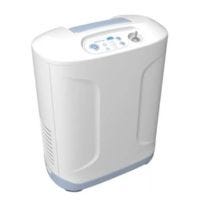
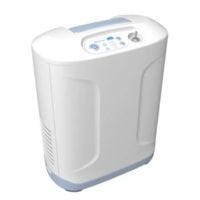
Weight of Unit
If you move your oxygen concentrator from room to room, you will want one on casters to make mobility easier. The weight of the unit can run heavier with home machines. Many portable oxygen concentrators are fairly light and may work well for home use. They also all weigh under 20 pounds.
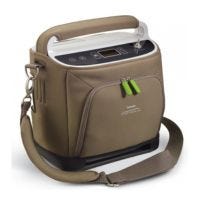
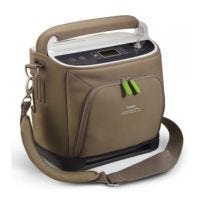
Pros and Cons of Continuous Flow and Pulse Dose
Continuous Flow
PROS
✔ Better for a patient who breathes through their mouth
✔ Better for patients who sleep during oxygen therapy
CONS
✖ Heavier units
Pulse Dose
PROS
✔ More efficient use of oxygen
✔ Better for patients who are more active
CONS
✖ May not keep you within your required oxygen range
Tips for Adjusting to Sleeping with a Continuous Flow Oxygen Concentrator
Make sure the oxygen concentrator you choose as a sleep mode or intelligent delivery system. This can adjust the flow of oxygen while you sleep. Also, make sure you have a comfortable mask or nasal cannula, so you do not experience discomfort throughout the night. Be sure to look for a machine that operates quietly and runs efficiently so as not to use too much energy.
Conclusion
Continuous flow oxygen concentrators can be helpful for getting a good night’s sleep. Be sure to understand the requirements of your oxygen therapy prescription and choose a machine that fits your lifestyle as well as your respiratory condition.
If you need assistance ordering respiratory therapy products, our team would be happy to help. Give us a call at 888-941-1688 today!



